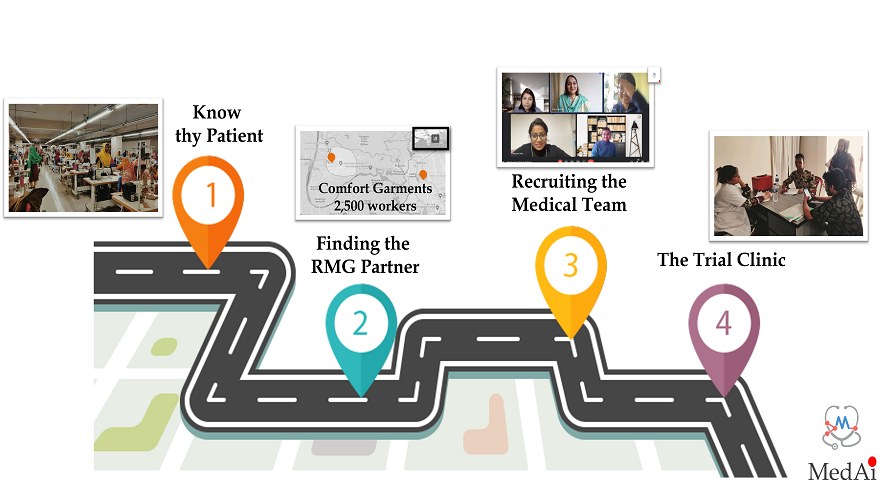Losing data to any type of security breach is damaging to the business but losing patient health data can be catastrophic for the business. Cloud solutions such as AWS, google cloud offers robust, scalable and secure solution to many industries. However, at the end of the day, you have to be the ultimate gatekeeper of your cloud server.
Having relevant expertise in working with AWS, MedAi finds the following AWS security practices essential to ensure the security of your health cloud
Start with Planning
A security strategy must be developed once you consider migrating to the cloud. Trying to stop the gaps and feel the breaches on the hoof spells hurried makeshift measures. And when security is concerned, more haste, less speed.
Know Thy Ground
Security teams must be aware of the differences between the on-premises and cloud environments. For instance, forbidding developers to introduce infrastructure changes, which works well for the on-premises network, in the cloud would limit opportunities offered by cloud facilities and severely handicap their efficient usage by the organization. So replicated the on-premises security experience is out of the question when dealing with the cloud.
Artificial Intelligence in mammography has exploded in popularity over the last few years. AI in mammography is a highly sought-after medtech innovation that has been featured in the news, presented at major radiology conferences and tradeshows, and even has its own scholarly journals.
Don’t Neglect Native Resources
Leveraging Amazon’s built-in tools and the best practices for AWS cloud security will not only reduce the amount of work your security team will have to perform but will strengthen the defence of your environment with tested and reliable mechanisms.
Make Your Security Policy Comprehensive
Your security policy must include across-the-board measures that encompass AWS accounts, credentials, roles, IAM users, and groups. Only if you embrace all of them your cloud environment protection system will function properly.
Implement User Access Control
Several measures can ensure that access to the AWS environment is restricted to authorized persons only. To do that, you should avoid allowing users to create AWS accounts with the email address (so-called root users) as well as attaching policies to individual users (instead of groups and roles). All AWS access of your staff should be effected through federated SSO accompanied by strong passwords and MFA. Besides, unused credentials must be disposed of, and access keys need rotation at least once every three months.
Define Password Policy
Password cracking is by far the most common penetration attack undertaken by cybercriminals, so this segment of the protective perimeter should be watched very closely. Use complex passwords suggested by generators, introduce multi-factor authentication, establish automatic lockout in case of several failed login attempts, and renew passwords once in a short while (within 60 days or so).
Make Data Encryption a Rule
Even if a wrongdoer penetrates your environment, the encrypted data (especially sensitive ones) form the second line of defence. Alongside employing native AWS encryption tools you can use scalable key management to perform various operations with encryption keys (creation, rotation, and auditing included).
Remember to Backup Your Data Regularly
AWS offers native solutions (AWS Backup, Amazon RDS, Amazon EFS, AWS Storage Gateway, and others) that are instrumental in performing backups of databases, storage volumes, and file systems.
Systematic Security Policies Updates and Open Access is a Must
The documents related to the company’s security policies are available for all stakeholders to access, which holds them on the same page. Regular updates keeping abreast of the latest security practices are also mandatory.

.jpg)

